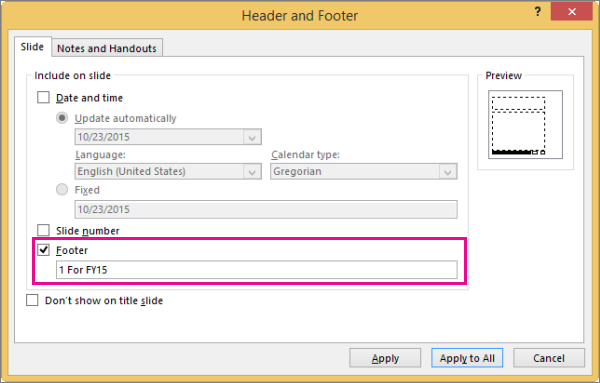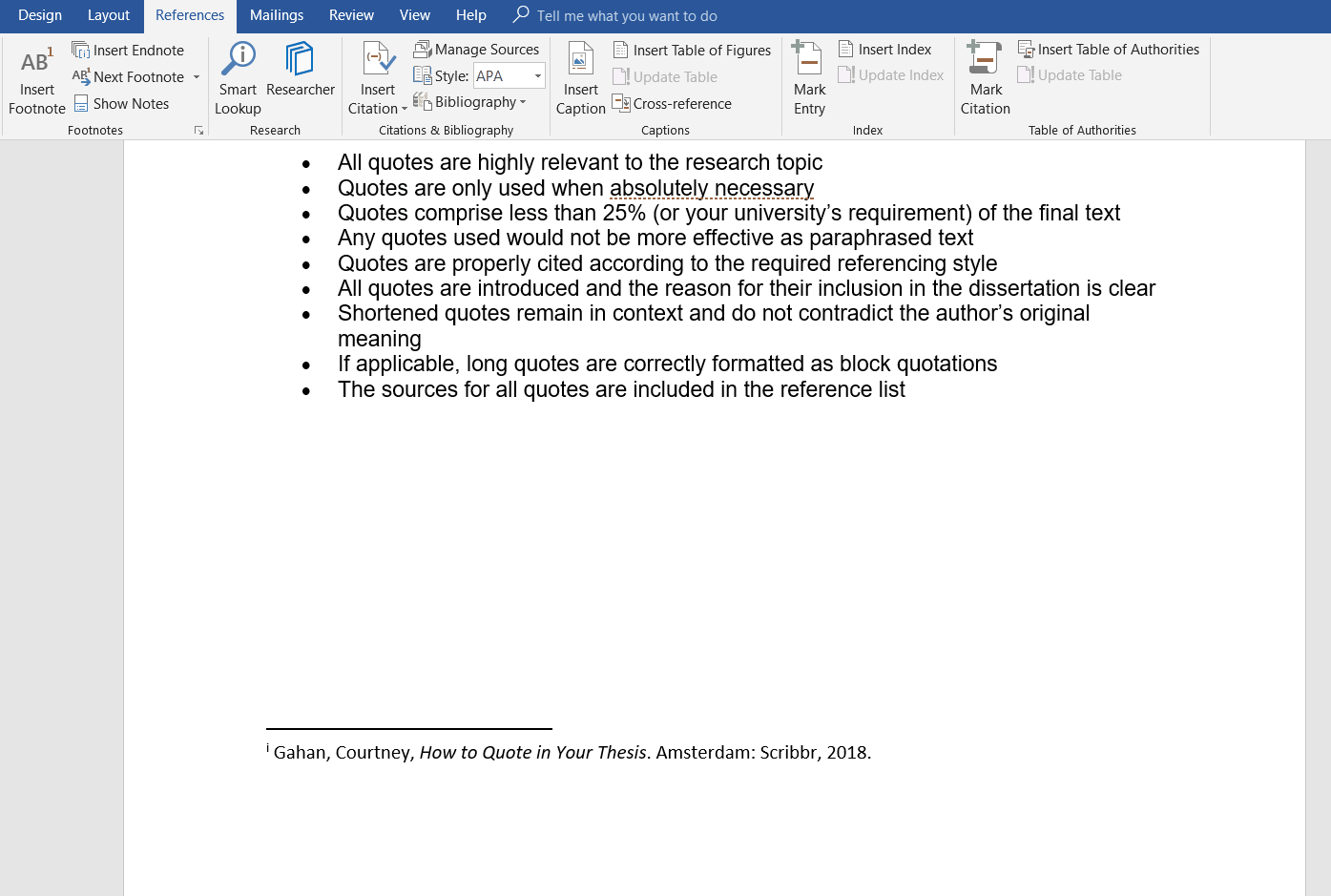
The contents of the field used for the cross-reference are displayed. Hold down the SHIFT key as you press the Left Arrow button.The insertion point should be just to the right of the cross-reference you just inserted. Click on Close to dismiss the Cross-reference dialog box.The cross-reference is inserted, but it is still not formatted as a footnote reference. Select the footnote you want used for this reference.Word displays a list of footnotes in the dialog box. Using the Reference Type drop-down list, choose Footnote.MS Word will display the Cross-reference dialog box.
 Choose Insert | Reference | Cross-reference. Position the insertion point in the document where you want the secondary reference to the footnote. Insert your first (primary) footnote as normal. This can come in real handy for some type of scholarly or scientific documents however, in some instances, you may need to use only a single footnote for multiple references within a document. Footnote numbering is usually reset with each new chapter, but you can also choose to number them continuously throughout your dissertation.Microsoft Word includes a feature that allows you to add footnotes and endnotes to your documents. If the footnote citation refers to a paragraph, then place the footnote number immediately after the final punctuation mark. The footnote number is placed immediately after the word to which the footnote citation refers. If you use a 12-point font for your main text, use a 10-point font for your footnotes. Footnote citations must be in a smaller font than the main text of your document. Each time you mention the source on a new page, it should be allocated the chronological number that fits with the other footnote citations on that page. Don’t use the same number twice, even if using the same source more than once. If you would like to change this, simply click the small arrow in the footnotes/endnotes section under the “References” tab, and select the option you prefer from the dropdown menu. It is possible, but NOT RECOMMENDED, to add footnotes manually by inserting a superscript number and typing the note at the bottom of the page. How not to add footnotes to Word documents. The footnote options are then the same as above. You can follow the same process for endnotes, simply by choosing “Insert Endnote” in the “References” tab.īy default, footnotes will be numbered 1, 2, 3, etc, while endnotes will apply Roman numerals, e.g. In Word 2003, you add footnotes using the Insert Reference menus. The corresponding number will be automatically inserted in the footer ready for you to add the footnote citation. It only did this for some of the footnotes, which is also odd. The superscript number will appear in the text automatically.ģ. Selection.Range Selection.Footnotes(1).Range.Paste Next i End Sub That helped, but it had odd effects like placing an extra superscript number (not linked to the footnotes) before the actual footnote numbers in the text and in the footnotes. Click on “Insert Footnote” in the “References” tab. Place the cursor where you would like the superscript number to appear.Ģ. Microsoft Word makes it very easy to insert footnotes, following these simple steps:ġ. If you wish to include footnotes or endnotes because you want to provide supplementary information, you should consider:
Choose Insert | Reference | Cross-reference. Position the insertion point in the document where you want the secondary reference to the footnote. Insert your first (primary) footnote as normal. This can come in real handy for some type of scholarly or scientific documents however, in some instances, you may need to use only a single footnote for multiple references within a document. Footnote numbering is usually reset with each new chapter, but you can also choose to number them continuously throughout your dissertation.Microsoft Word includes a feature that allows you to add footnotes and endnotes to your documents. If the footnote citation refers to a paragraph, then place the footnote number immediately after the final punctuation mark. The footnote number is placed immediately after the word to which the footnote citation refers. If you use a 12-point font for your main text, use a 10-point font for your footnotes. Footnote citations must be in a smaller font than the main text of your document. Each time you mention the source on a new page, it should be allocated the chronological number that fits with the other footnote citations on that page. Don’t use the same number twice, even if using the same source more than once. If you would like to change this, simply click the small arrow in the footnotes/endnotes section under the “References” tab, and select the option you prefer from the dropdown menu. It is possible, but NOT RECOMMENDED, to add footnotes manually by inserting a superscript number and typing the note at the bottom of the page. How not to add footnotes to Word documents. The footnote options are then the same as above. You can follow the same process for endnotes, simply by choosing “Insert Endnote” in the “References” tab.īy default, footnotes will be numbered 1, 2, 3, etc, while endnotes will apply Roman numerals, e.g. In Word 2003, you add footnotes using the Insert Reference menus. The corresponding number will be automatically inserted in the footer ready for you to add the footnote citation. It only did this for some of the footnotes, which is also odd. The superscript number will appear in the text automatically.ģ. Selection.Range Selection.Footnotes(1).Range.Paste Next i End Sub That helped, but it had odd effects like placing an extra superscript number (not linked to the footnotes) before the actual footnote numbers in the text and in the footnotes. Click on “Insert Footnote” in the “References” tab. Place the cursor where you would like the superscript number to appear.Ģ. Microsoft Word makes it very easy to insert footnotes, following these simple steps:ġ. If you wish to include footnotes or endnotes because you want to provide supplementary information, you should consider: 
Using footnotes for additional informationĮven if your citation style uses parenthetical citation instead of footnotes, you might choose to include footnotes to provide the reader with supplementary information.įor example, MLA footnotes can be used to direct the reader to further relevant sources or add information that could be useful but is not critical to your text. It is crucial to use your citation style correctly in order to avoid plagiarism.

Your supervisor will be able to tell you which citation style you should be using. Citation styles using footnotes and endnotesĬitation styles using footnotes: Chicago A, OSCOLA, Turabian, ACSĬitation styles using endnotes: Vancouver, IEEE, AMA, NLM, AAA, ABNT 1ġCourtney Gahan, What are footnotes and endnotes? Amsterdam: Scribbr, 2018. Citation styles such as Chicago A, OSCOLA, Turabian and ACS require the use of footnote citations instead of author-date in-text citations.







 0 kommentar(er)
0 kommentar(er)
